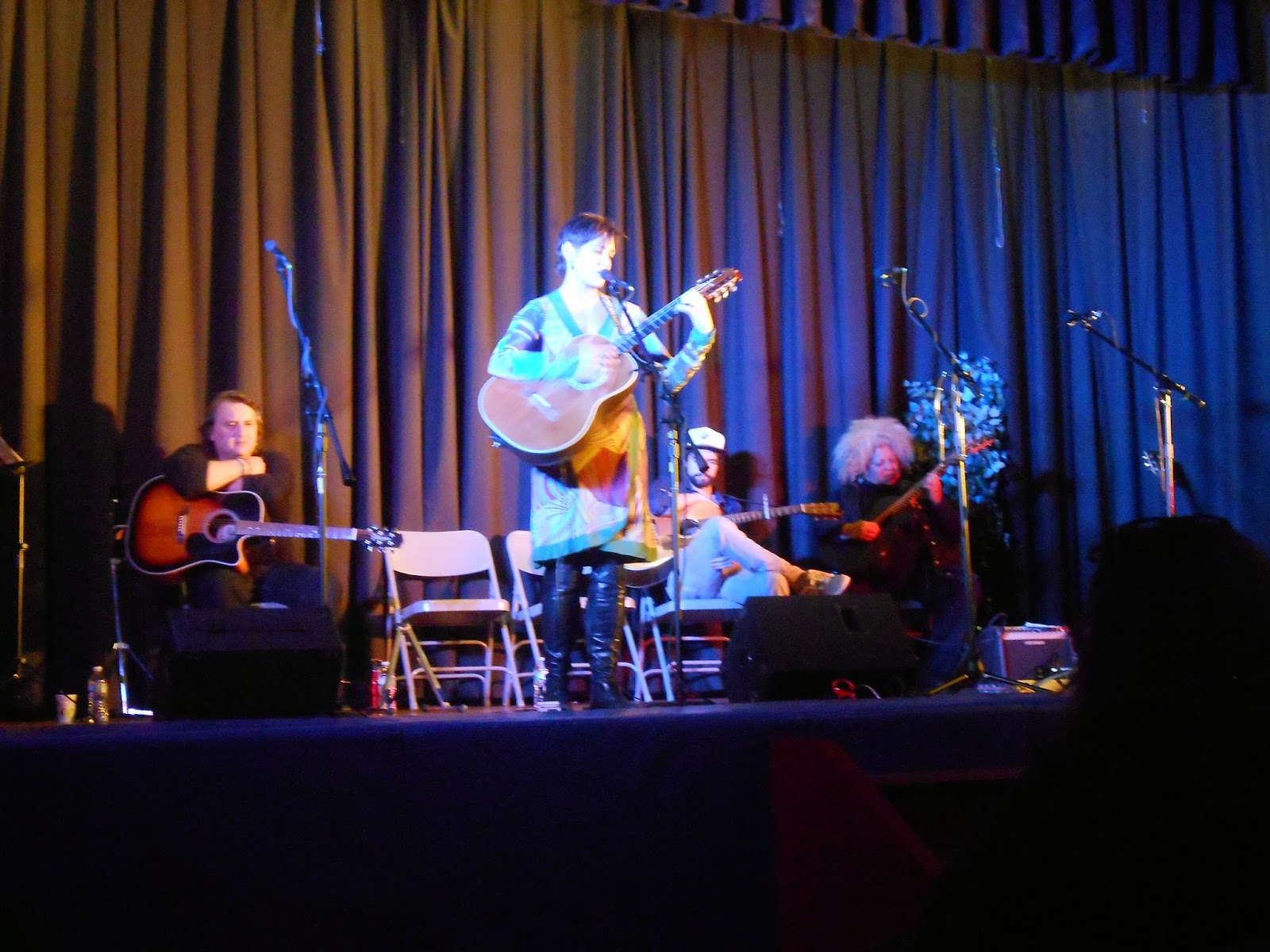While Bennington was characterized in recent years with his
dark shaven head, gauges and winsome smile, the Bennington that will always stand out to me was
in Linkin Park’s heyday circa 2000 when he first emerged onto the scene -- his hair bleached and wearing glasses occasionally. Looking back to my middle school days, the band was a
generational touchstone to a group of coming-of-age kids that I was blessed to
be a part of. It was Y2K when Linkin Park first
gained commercial success with their debut smash “Hybrid Theory.” I first
discovered them like I discovered most other rock music at that time –
through my older brother. He had “Hybrid Theory” on CD as well as Alien Ant
Farm and Eminem’s “The Marshall Mathers LP,” among others. We used to play them
on a small, plug-in boom box that had a built-in radio, CD and cassette player
that my parents gifted me for my 12th birthday. I remember picking
up “Hybrid Theory” and seeing the words “Linkin Park” in bold lettering. Even
the name carried power. I didn’t really start getting into them until I was 14.
Their music – whose lyrics oft-portrayed themes centered on self-defeat,
insecurity, unresolved emotional pain and inadequacy – resonated with a
generation of teenagers, a number of which compose today’s millennials, myself
included. In fact, when I think about my high school days, I think about Linkin
Park. The band, as well as other popular nu-metal acts of that time including System
of a Down, Limp Bizkit and Korn – all too often shared the sentiment of motivation music for
lots of angst-driven teens and a lot of athletes needing to get psyched up to
train or compete in a sporting event. I remember being on the track team and hearing
“In the End” and Mike Shinoda’s deftly delivered raps blaring from a fellow
track runner’s headphones on the bus ride to a meet. The somber playing of the electronic keyboards of “Crawling” sounded as the clank the weights would make as
football players dropped the chrome bar after a fierce few rounds of strenuous
repetitions on the bench press. I remember the personal significance 2003’s
“Breaking the Habit” meant to me and hearing Bennington rage about confusion
and the urgent need for self-improvement against the juxtapositon of delivering dulcet vocals and throat-scratching screams. The song’s release was the same
year Elliott Smith, an all-embracing indie rock hero and my favorite solo
artist of all time, had taken his life.
On the day Bennington died, I did what I believe every fan
of his did: played the music. It took me back to the good old days, which also
sparked nostalgia of when Audioslave’s “Be Yourself” came out in 2005. I used
to watch the music video on TV before heading to school, much like I did Linkin
Park’s videos. It was one of my favorite songs as it stressed the
importance of being true to you because, despite feelings of imagined
inadequacy, why would you want to be anyone else? To quote Cobain: “wanting to
be someone else is a waste of the person you.” Bennington echoed this sentiment
in “Numb” when he sang: “All I want to do is be more like me and be less like
you.” I think this is a message we all have to heed because we are all
beautiful, no matter our struggles. Eminem said it. Even Elliott Smith had a
song called “Happiness.”
In a letter Bennington had addressed to Cornell after his
passing which he shared on Twitter, he mentioned a few of his own personal
thoughts about Cornell in particular, but are all too often a part of us all:
“… Your voice was joy and pain, anger and forgiveness, love
and heartache, all wrapped up into one. I suppose that’s what we all are.”







